Unlike on many dairy farms in New Zealand, spring is a relatively tranquil time here at BioFarm. We generally finish our autumn calving by the 1st of June and don’t start up again until October, so the winter and spring months are spent milking cows, rearing the last few calves, tidying up loose ends, trying to keep warm, and getting ready for audits!
Every year we have at least 3 audits, one for organic certification, one to verify food safety in our factory and cowshed, and an inspection to ensure our milking systems are up to standard. Every now and then we get a surprise visit from the local regional council to check compliance with our effluent resource consent. All of these involve stacks of paperwork so every spare moment in the last few months has been spent on making sure all of this is in order, and catching up on repairs that got delayed by the lockdown.
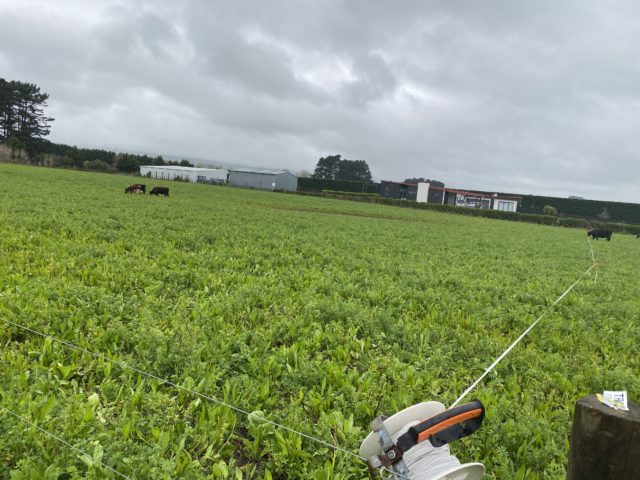
The first audit this year was for our organic certification, and we are very happy that our organic certificate has been renewed for another year without any issue! Our visit took a bit longer than usual as we are in the process of converting some neighbouring horticultural land so that we can begin the process of regenerating it after decades of intensive tillage and chemical use. This is quite an expensive process as we cannot use the land for a number of years, while still paying the lease, and there is often significant testing and remediation needed to convert the damaged soil into a lush and healthy pasture; but we see it as our responsibility to try and ‘rescue’ as much land as we can, even if it’s only a few hectares here and there.
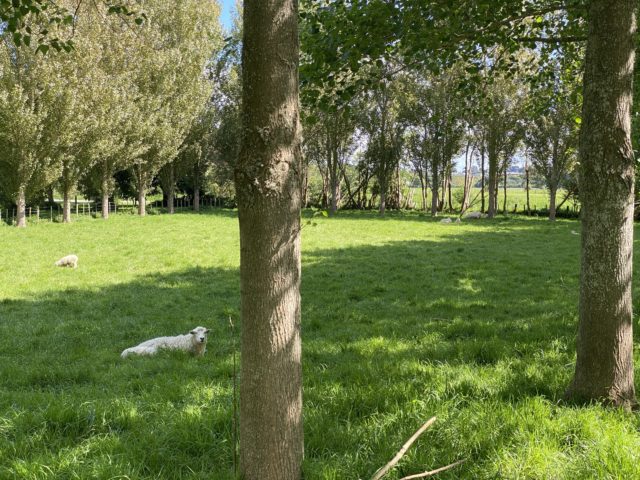
Spring is a wonderful time for all of the animals on BioFarm, the weather is (usually) getting warmer and there is an absolute glut of feed. At the start of October we begin closing up much of the farm to be cut for silage as we don’t have anywhere near enough mouths to eat all of the grass that is growing. It’s a little known fact, but there are far more goats on BioFarm than cows! The goats have free-range of the entire farm and provide regular applications of ‘goat-phosate’ to all of the weeds that try to grow. Weed control is always a challenge when farming organically and goats were a total game-changer for us; they preferentially go after weeds like gorse and thistles, leaving the grass and clover for the cows to gobble up.
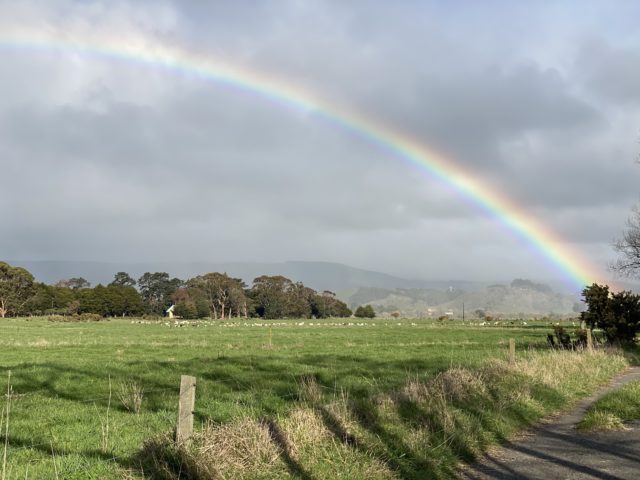
There’s nothing quite like the paulownia trees coming into bloom to make it feel like spring. They really make us stop and appreciate the beauty that surrounds us. Farming can get pretty wet, muddy, cold, and miserable at times so its important to us to have little things that remind us of what a privilege it is to spend our days outdoors, surrounded by all the beauty that our little slice of the world has to offer. Some days it almost looks like we’re living in an oil painting. Trees are an essential part of how we farm, they provide shelter from wind, sun, and rain for the livestock, and their foliage can be a live-saver when a drought really starts to bite.
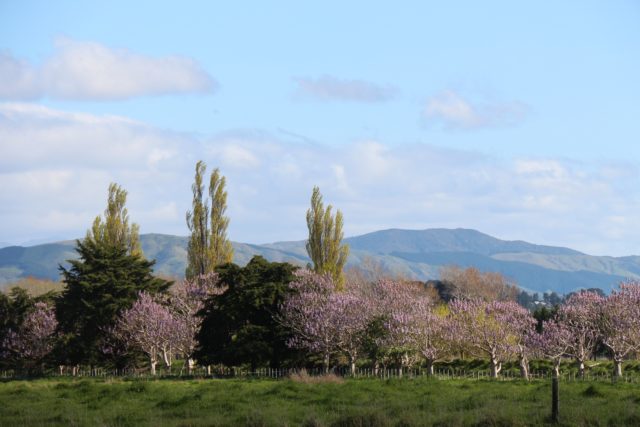
As spring draws to a close the first calves of the new season arrive. Since we milk 365-days of the year we don’t need to try and pack our calving into a short period so they are born in ones and twos from October until May. It can be a bit of stress caring for new-mums and calves for so much of the year but we’re pretty confident its a whole lot easier than trying to look after hundreds all at once. Spreading out the calving also means that we can leave the calves with their mothers for much longer than is normal, milking a large group of cows and calves would be very stressful for the mothers and highly dangerous for the calves. Within a week or so of calving the milk from the cow is ready to start getting made into yoghurt and so we take over rearing of the calf, we do this in portable pens out in the paddock with the mother to avoid a stressful separation. We find that within a few days of us taking over the feeding of the calf the mother is then happy to wander off back to her herd. Our system is a bit more work, but it gives the mother and calf the ability to express their natural behaviors and avoids the stress to the cow caused by a hard-separation.
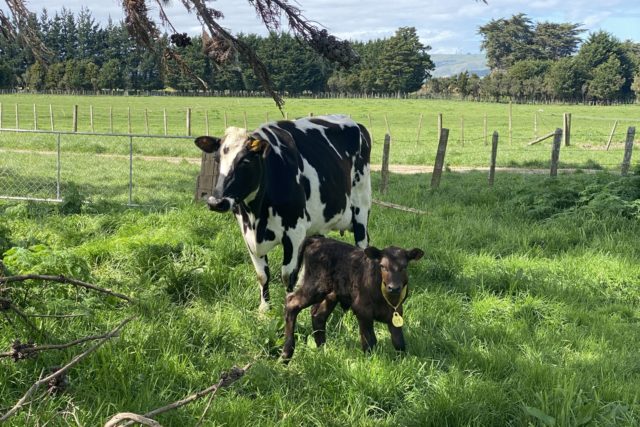
That’s all for now, I hope you’ve enjoyed the first BioFarm Journal! I’m hoping to carry this on regularly as a way to show all of you what we’re up to here and to try and document life on the farm for posterity. Please get in touch with any questions you might have about how we farm or any parts of our operation you’d like to see.
Until next time!
Eru
